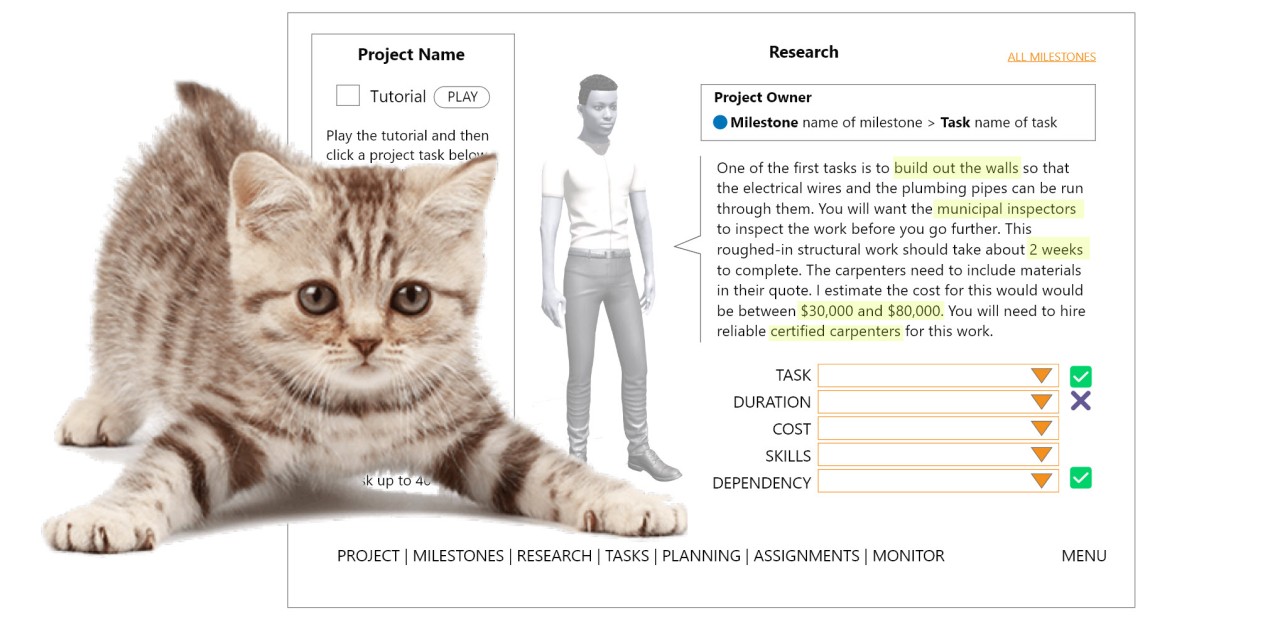Open Confessions of a Project Manager or Secrets to Project Management?

Confessions of a Project Manager or Secrets to Project Management?
Confessions of a Project Manager or Secrets to Project Management?
I’m not sure which title is better, so I'm going with both :-)
I’m sharing my experience about how I have successfully managed hundreds of projects— software apps, simulations, board games, toys, books, video production, packaging, marketing, art, live events, and more.
30 years. Hundreds of projects.
The projects were for small businesses, nonprofits, government agencies, schools, Fortune 500 clients, and for our own internal operations, product development, and sales initiatives.
Some projects were high stakes, some were low stakes, and many were in between.
All Successful?
I believe it's fair to say the projects I led were all successful because they were completed as designed.
But not always as planned.
An